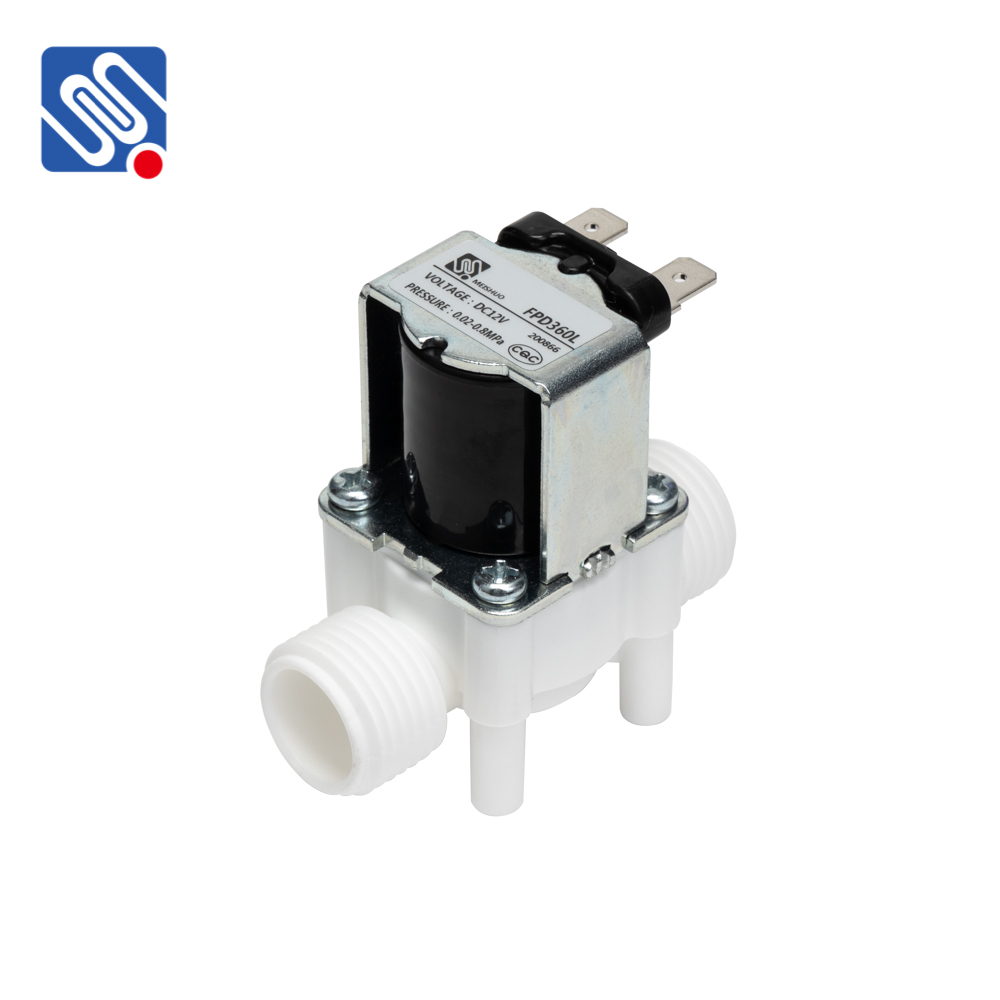understanding ac solenoid valve: function, applications, and benefits
Release time:2025-04-21 15:30:38
An AC solenoid valve is a crucial component in many mechanical systems that control the flow of fluids or gases. These valves are typically used in environments where an alternating current (AC) power source is available, and they operate on the principle of electromagnetism. The solenoid valve is designed to either start or stop the flow of a medium, such as air, water, oil, or gas, by means of a solenoid coil that generates a magnetic field when energized. In this article, we will explore the workings of AC solenoid valves, their various applications, and the benefits they offer.

How an AC Solenoid Valve Works
An AC solenoid valve is composed of several components: a solenoid coil, a plunger or piston, and a valve body. When an electric current flows through the solenoid coil, it creates a magnetic field that pulls or pushes the plunger inside the valve body. The movement of the plunger either opens or closes the valve, controlling the flow of the fluid or gas through the valve.
In typical operation, the solenoid coil is connected to an alternating current (AC) power supply. When the power is switched on, the solenoid coil is energized, causing the plunger to either open or close the valve, depending on the specific design of the solenoid. When the power is turned off, the magnetic field disappears, and the valve returns to its default position, typically through the use of a spring or mechanical force.


